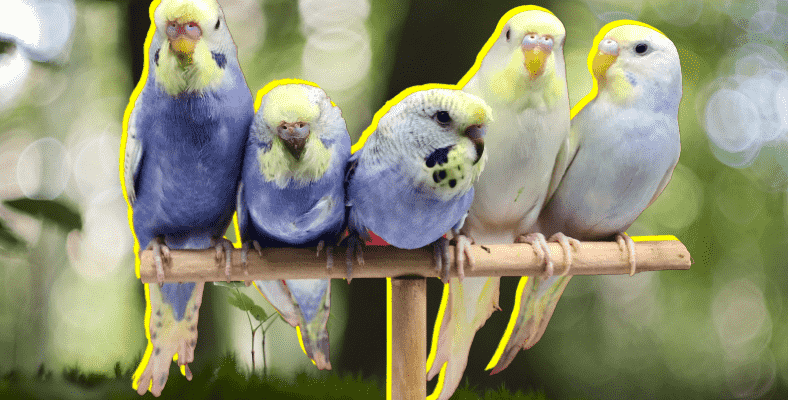These cute creatures, such as budgerigars and parrots, which are very easy to care for at home, are among our closest friends that we enjoy feeding with their bubbly voices and friendly nature. So, what kind of ailments should you be careful about?
Average 7-8 years, with good care at home 11-12 years In addition to budgerigars that can survive for as long as possible, this period for parrots, which is a type of budgerigar, varies according to the species. to 50 years up to reach.
Contrary to what is known, these cage animals, which are quite sensitive, are very easy to catch various diseases, and their recovery is just as easy. tough it could be. In order for these friends to live a long life and maintain their health, we should show them the care they need, and always keep them healthy. under surveillance we must keep
Ailments such as colds, asthma, diarrhea and bronchitis are not unique to humans.
Budgerigars can suffer from these diseases that we are all familiar with and have had before. Among the most common ailments common coldIt is caused by the inability to adjust the hot-cold balance of the environment where the birds are located.
Like people, they can show an allergic reaction to certain substances from time to time, as well as be exposed to various respiratory diseases such as asthma and bronchitis. The bird, which constantly opens and closes its mouth in such ailments, wagging its tail constantly tends to.
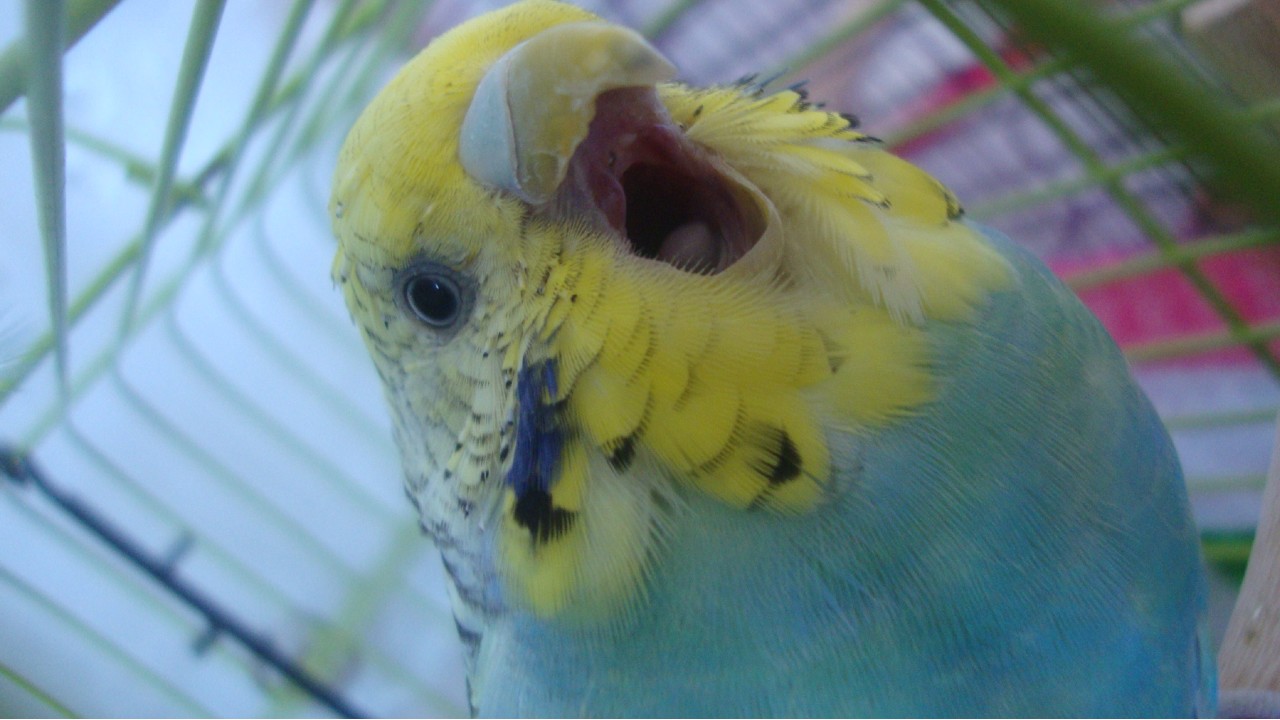
Diarrhea In this case, the nutrition program needs to be rearranged. The bird, which should be fed only with fine feed and oats, is also supplemented with boiled potatoes. The use of clean water and clean feed is a very important factor in the healing process of this disease.
Also, birds cancer and tumor It can also fight diseases such as
We know that birds molt from time to time, but what if this molt never ends?
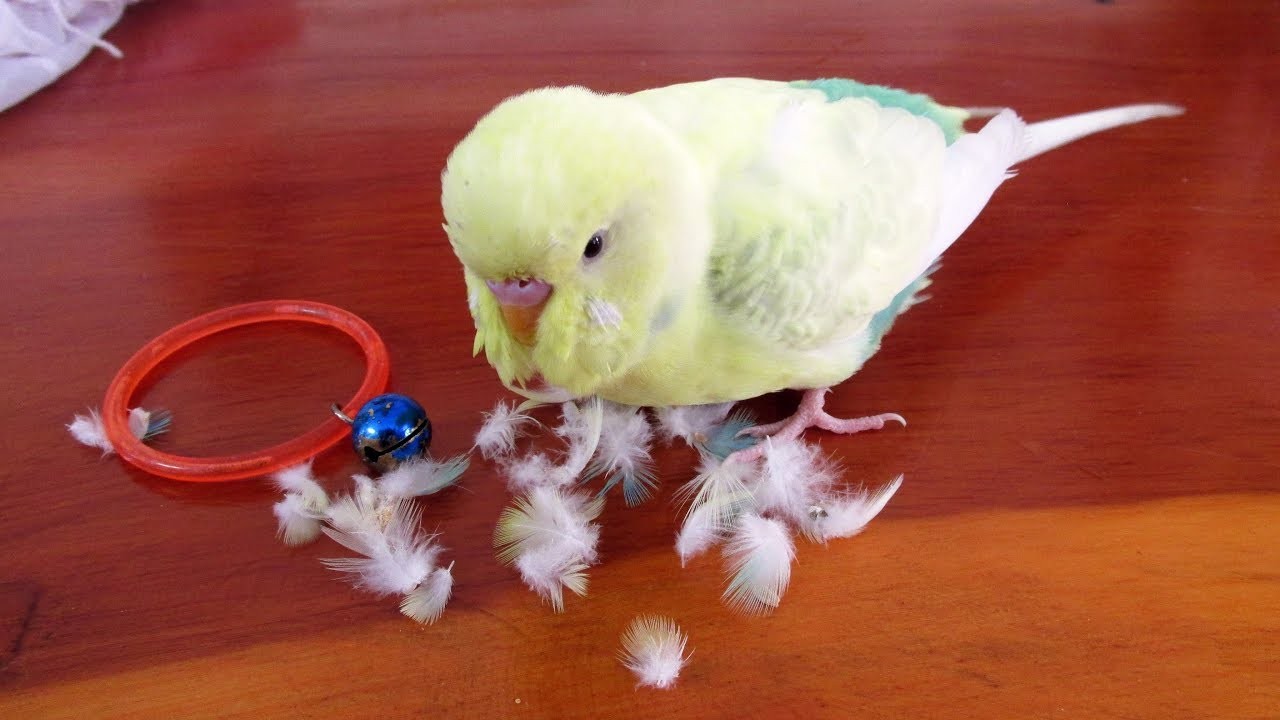
It causes budgerigars and parrots to molt for weeks or even months. french moultaffects the newly born offspring.
This disease is not fatal, but if it progresses, will prevent them from flying may become.
A type of disease seen only in birds: Polyoma.
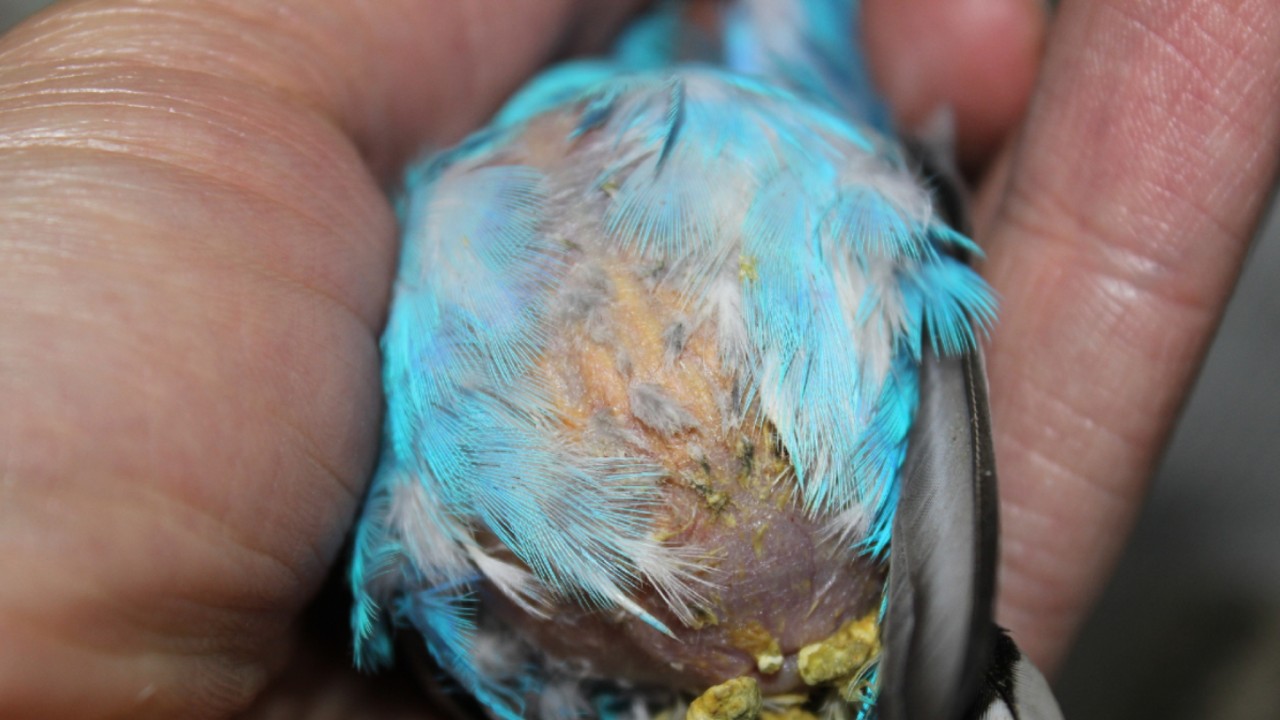
Generally young birds Polyoma virus, which is under the influence and is fatal, is also seen in parrots, but it is mainly found in budgerigars.
Polyoma passed from one bird with the virus to another symptoms; It progresses in the form of swelling in the abdomen, weight loss, vomiting and loss of appetite. Protection from this virus the most effective way is to vaccinateThere is no known cure for an infected bird.
“Pacheco’s disease”, which can be seen in birds exposed to stressful situations such as breeding, moving or the death of a mate.
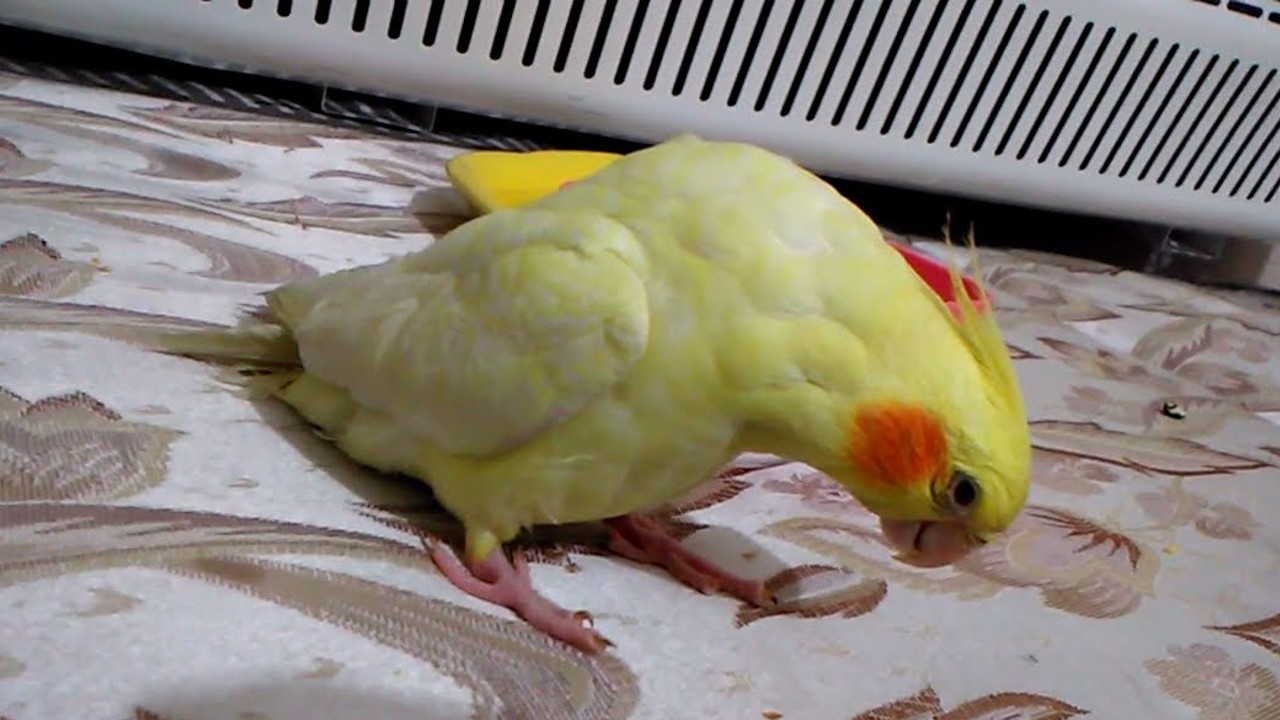
This ailment, which can occur predominantly in parrots, is viral and fatal, which is understood by the presence of symptoms such as lethargy, chills and green stools. under stress Pacheco, which manifests itself in birds, is usually transmitted by mucus and feces.
Early diagnosis is very important. If left untreated, this virus, which affects the bird, is killed in the kidneys. permanent damage leaves.
If you feel a thickening in your bird’s voice, the reason may be goiter.
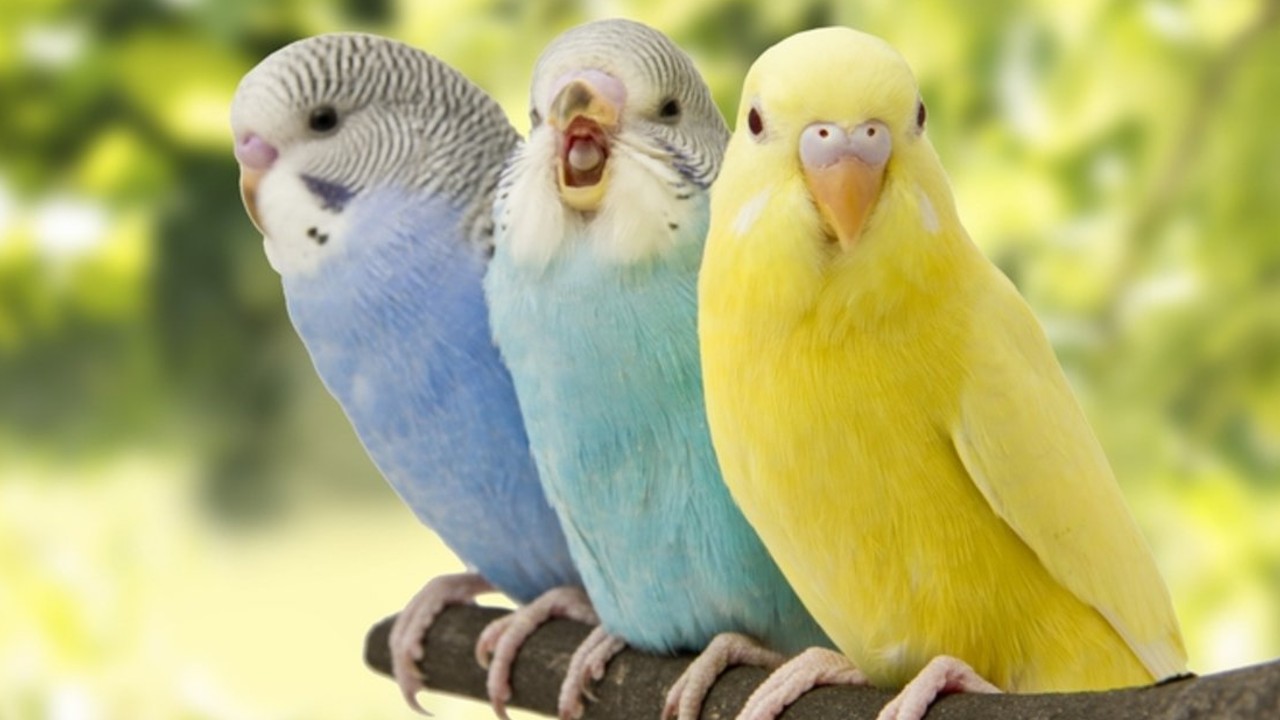
Goiter, which can be seen in many bird species, is especially common in budgerigars. As it can be caused by various feeding errors, insufficient iodine intake may occur as well.
“Rheumatism” causing balance problems in birds.
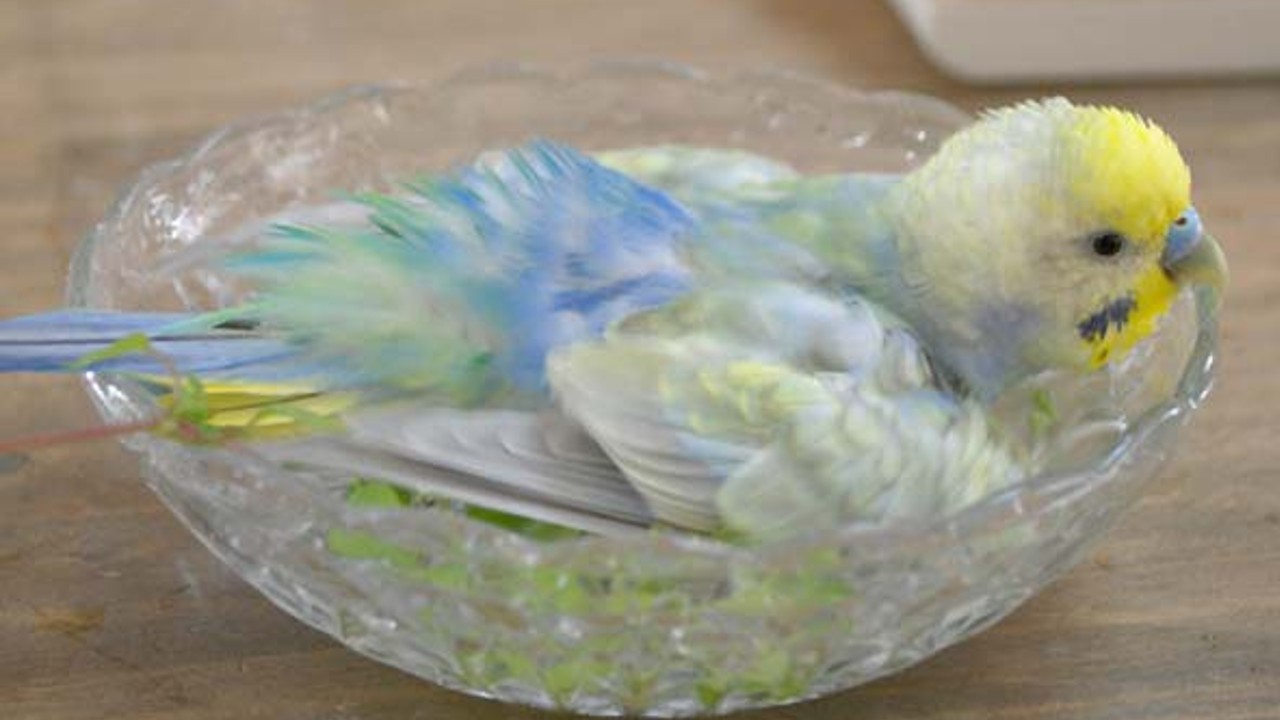
Rheumatism, which can occur predominantly in birds that spend the night with wet or damp feathers after bathing, causes the birds to fall off their perches. It is observed that they cannot stand up after falling, even difficulty walking they pull.
Psittacosis, which is included in the category of diseases transmitted from birds to humans, is also known as “Parrot Fever”.
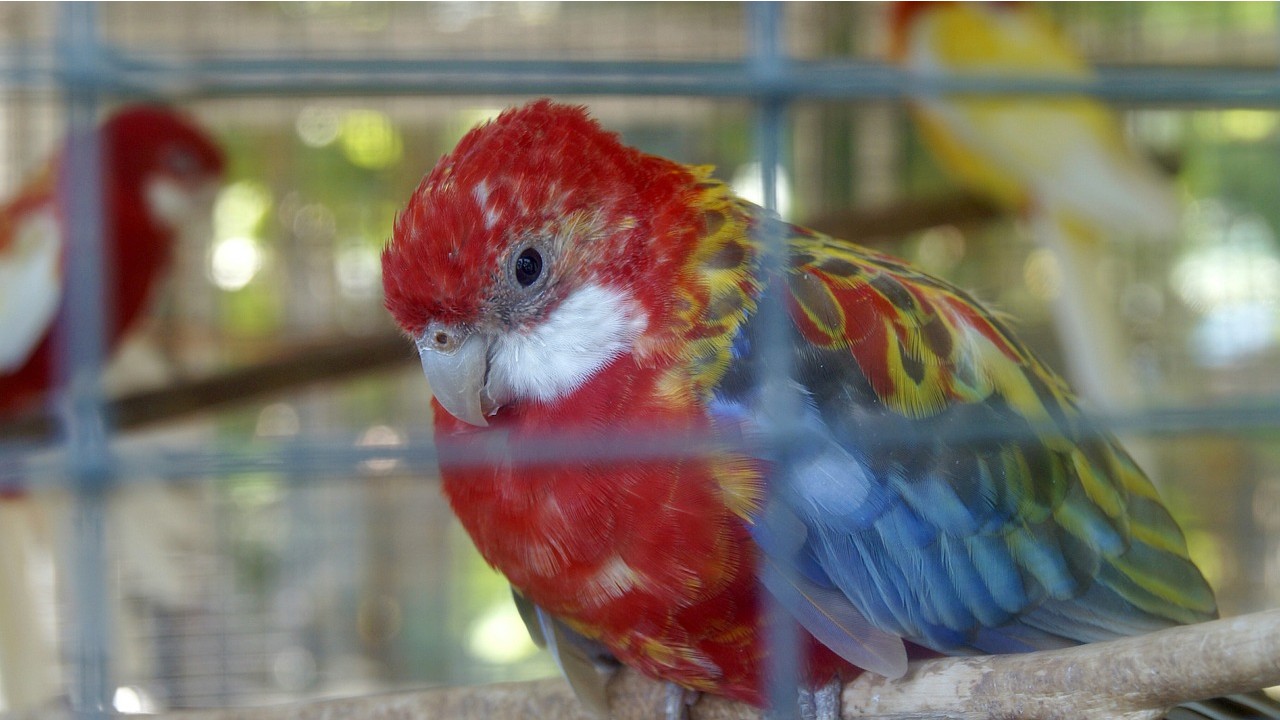
Parrot fever, which is a common ailment in birds, is usually seen in parrots. Shortness of breath and eye burrs It is one of the most common symptoms.
In addition, in this disease, which is similar to the flu, the bird is aware that it is sick and avoids people and other living things to prevent it from infecting others. distancing tends to.
In case of transmission to humans, it manifests itself with a severe flu infection such as febrile pneumonia. Parrot, by withdrawing to a corner of the cage attention and should be prepared for the recovery process under quarantine.
“Knemidocoptes Mites” caused by parasitic organisms.
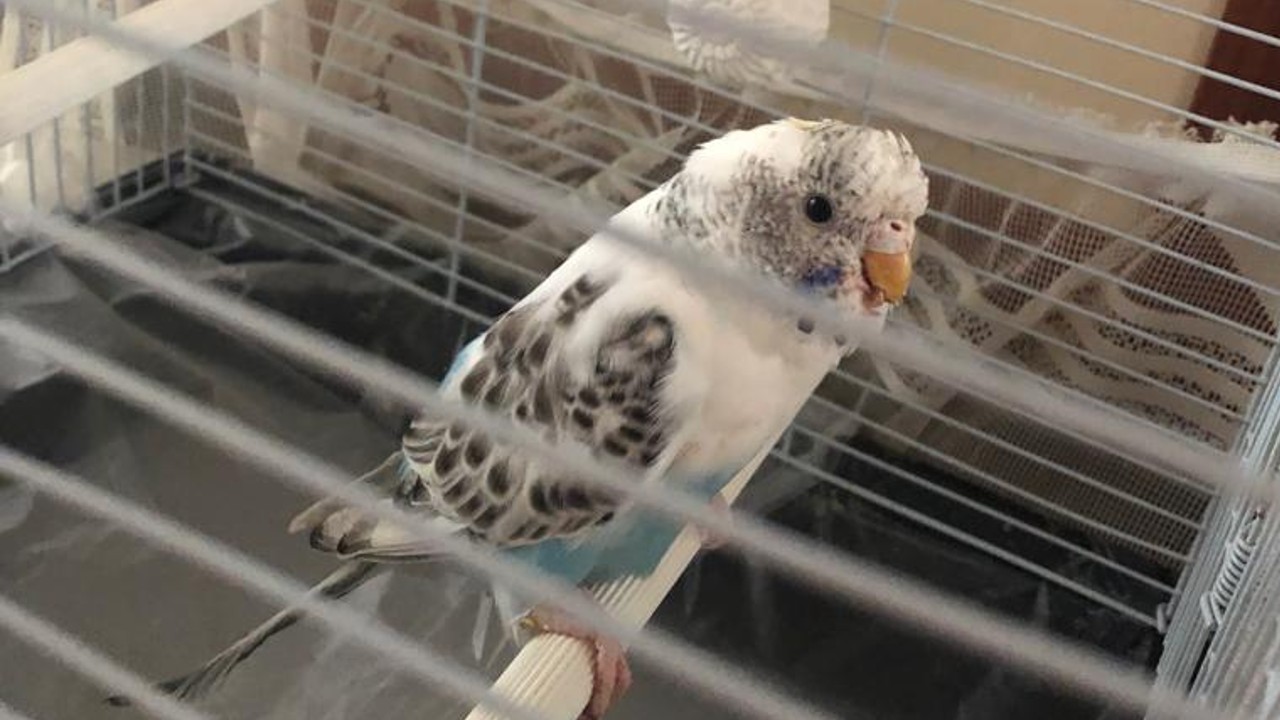
These organisms are transported by air and beak and legs is found. Exfoliation and small cavities seen in birds may be a sign of this disease.
In addition, living in the body of birds internal parasites It can also invite some diseases from time to time. Symptoms of these parasites are weakness, loss of appetite and diarrhea.
If your bird is scratching its feathers to the point of plucking, it is likely that it is under the influence of external parasites called “Red Mites”.
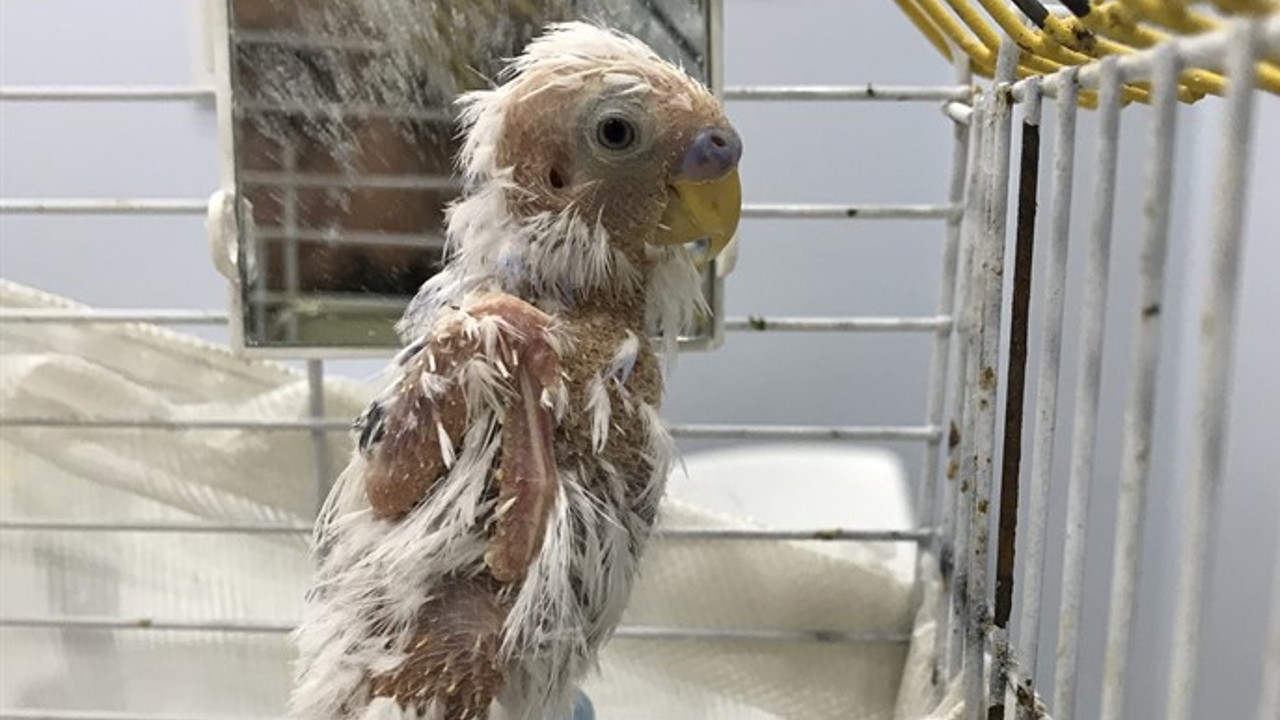
Caused by another parasite, this ailment lives inside the wings of birds. Living creature suffering from Red Mites, to relieve itching pluck one’s feathers works. In order to prevent such disturbances, great attention should be paid to bird and cage cleaning.
Another discomfort that draws attention to the cleaning of the cage is the “Giyardiya Cyst”.
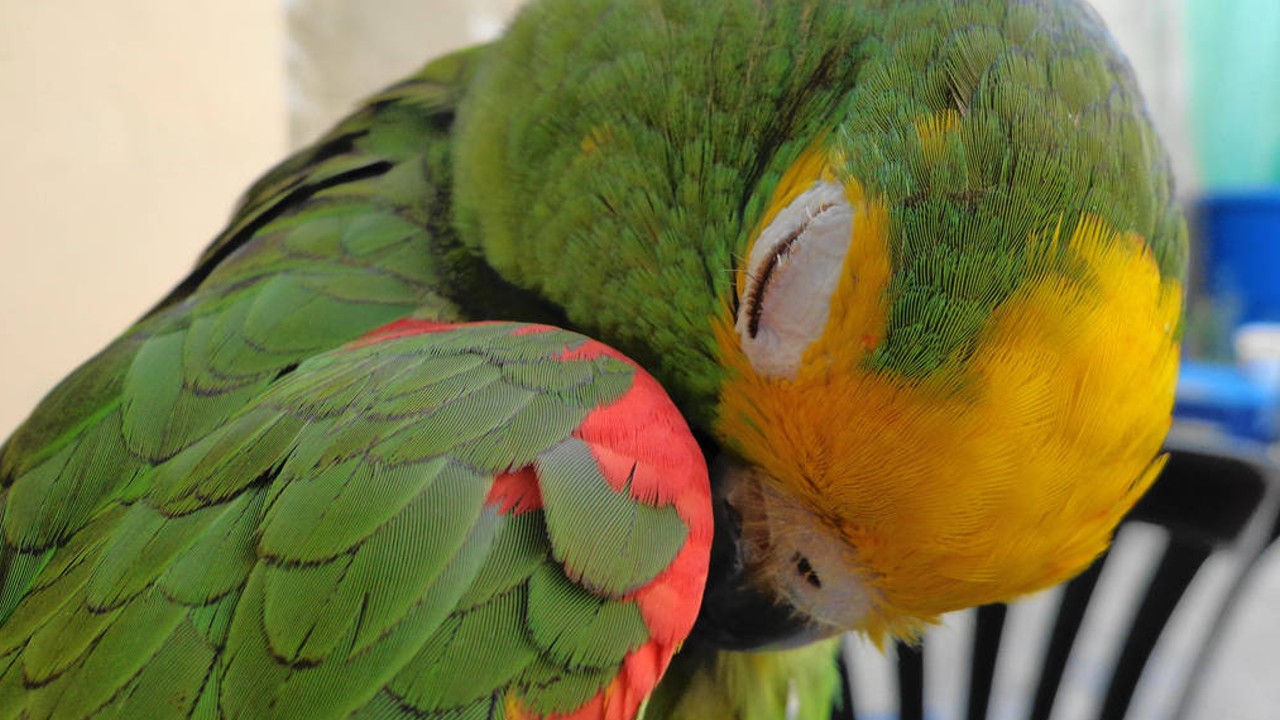
A parrot caused by cyst and Giyardiya, which is transmitted from one bird to another, is a disease that can be treated with antibiotics. The most effective way to protect the bird from this disease is to regularly clean the environment in which it lives.
“Ema Syndrome”, which affects the skin and feather health of budgerigars.
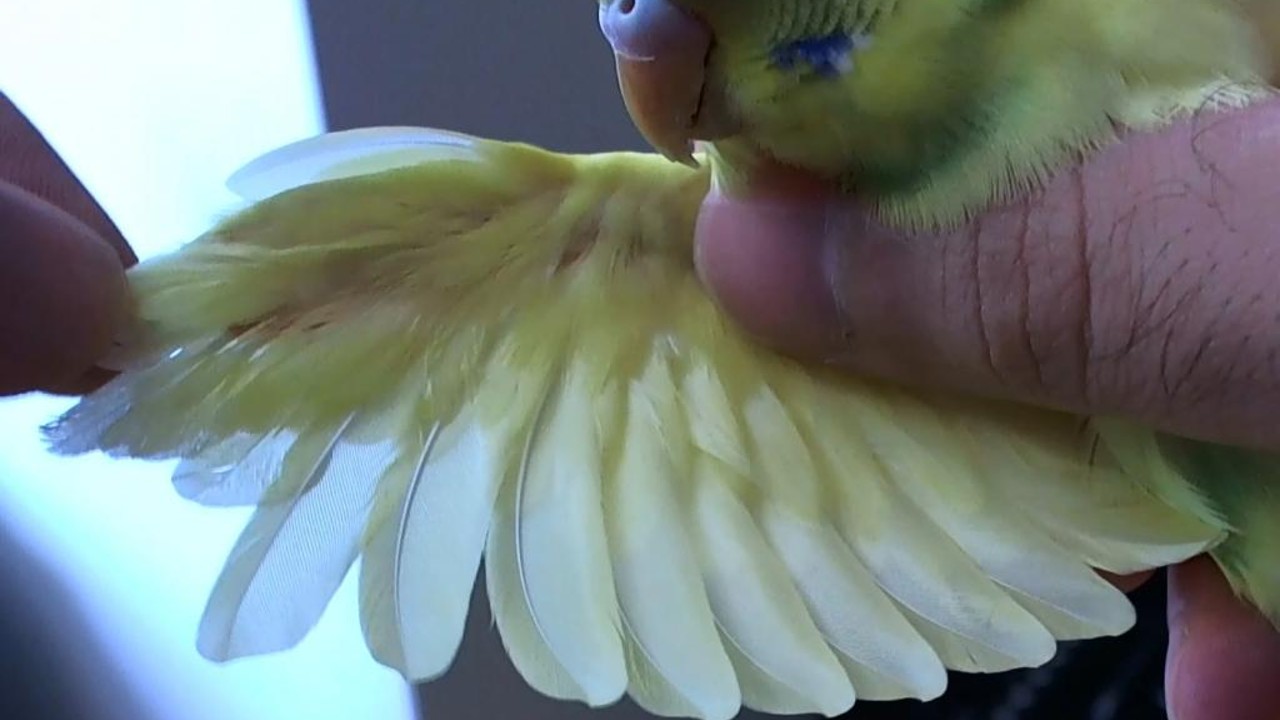
Ema on the wings with bruising and crusting arises. It is also possible to find traces of blood in birds with this syndrome.
If you have a bird that stops eating and tends to pull their feathers out of stress, they may be “depressed”.
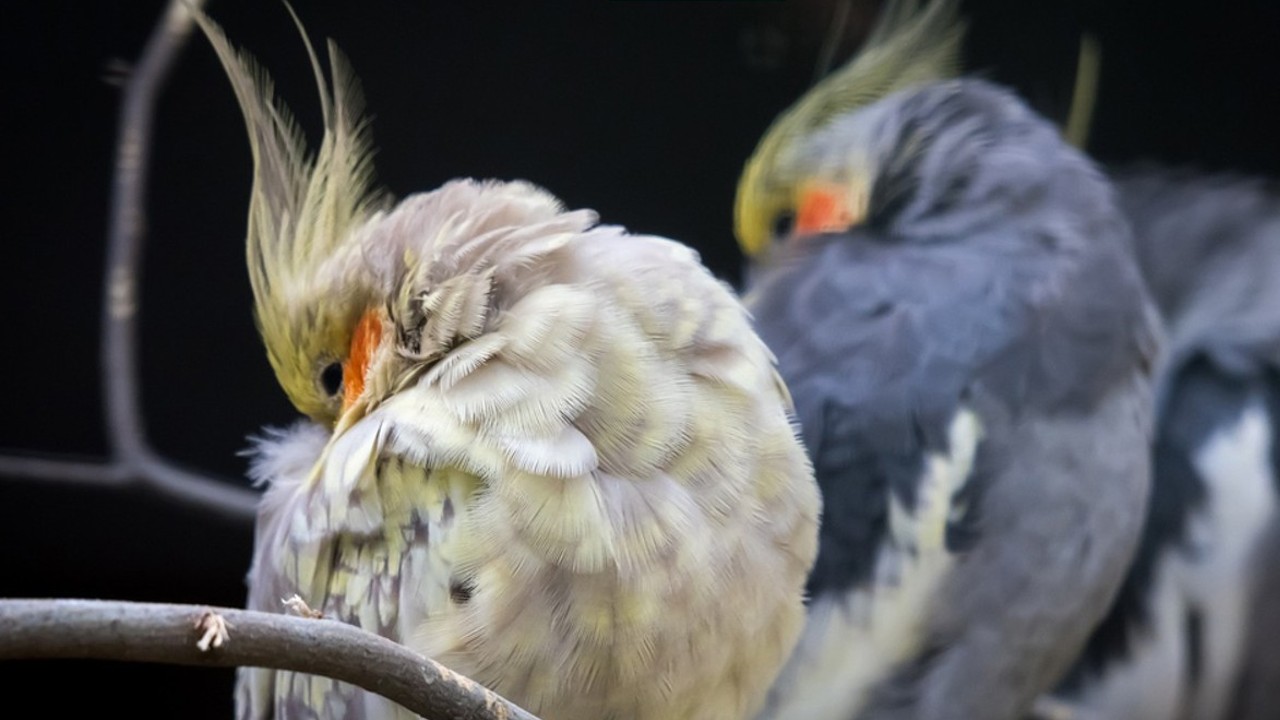
Unlike diseases that can be observed from the outside, depression arises from within. At this point, bird owners have a lot of work to do. your bird feeling good and uplifting If you don’t make an effort, this depression can result in death.
“Smallpox”, which requires urgent intervention.
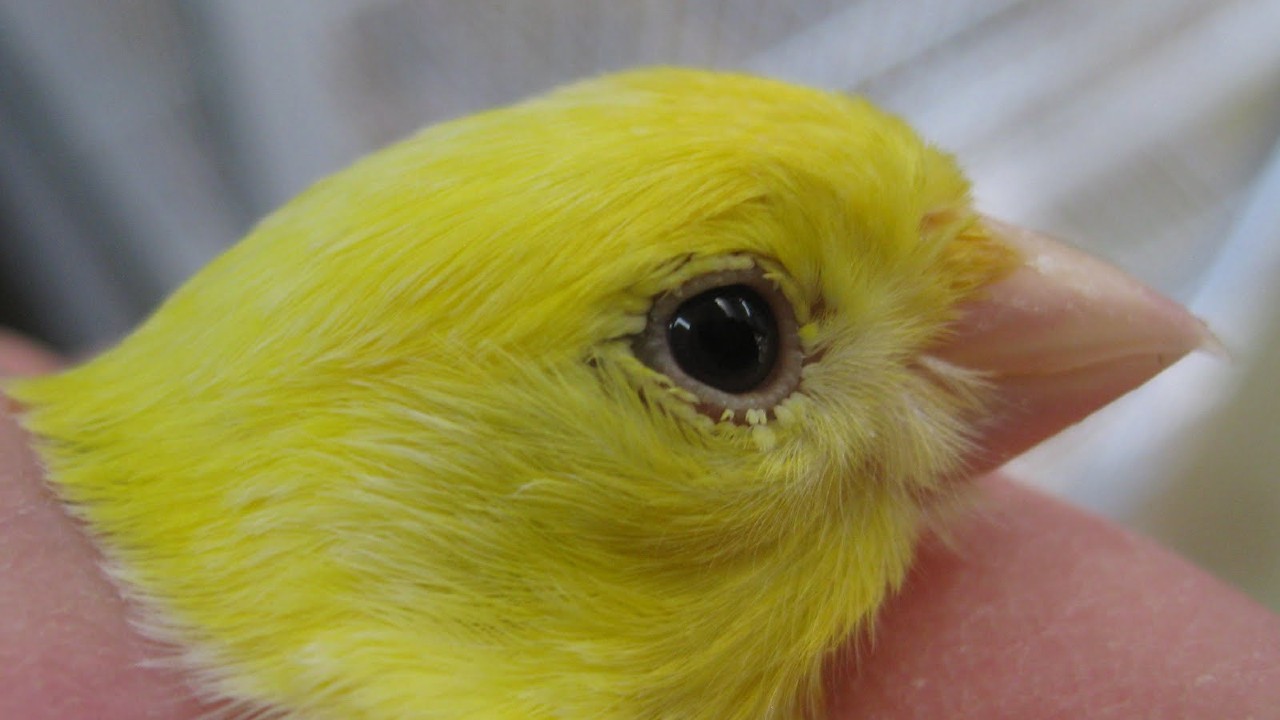
Smallpox, whose symptoms are seen around the eyes, beak and feet of birds, is quite common. is contagious. If the necessary treatment is not applied quickly, the bird may die in a short time.
“Crop Inflammation” is another deadly disease.
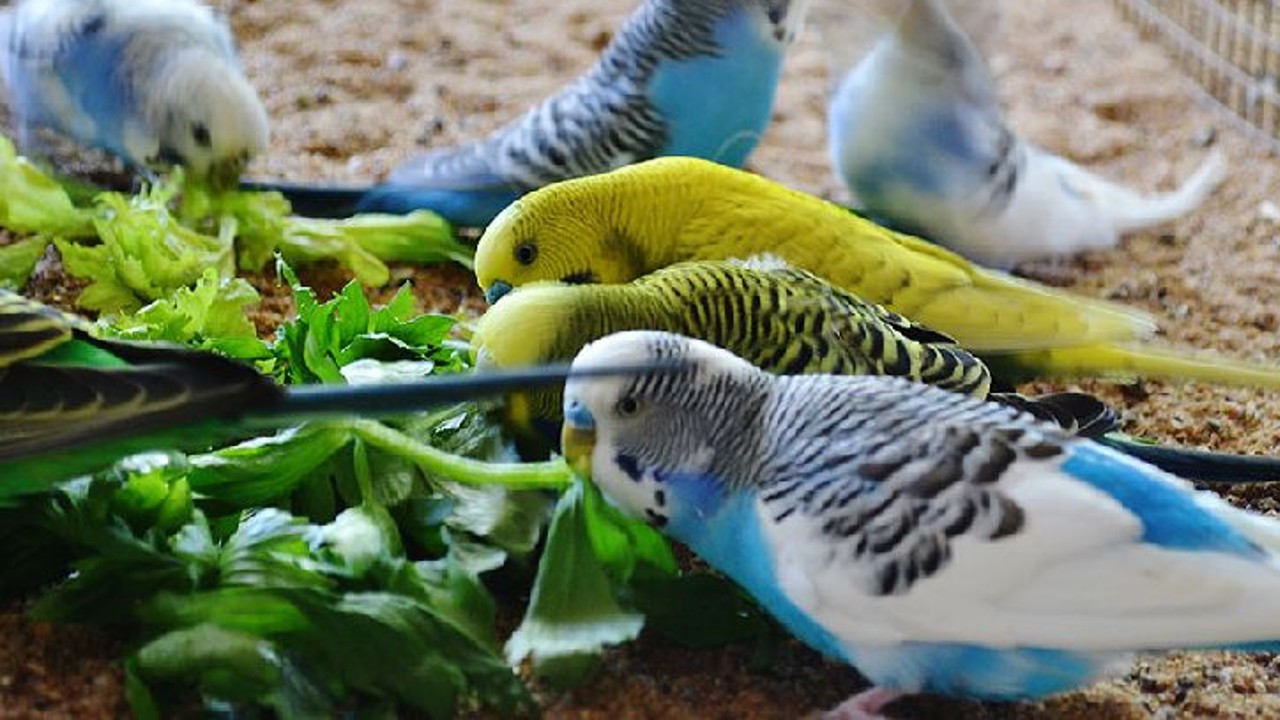
Crop inflammation, which affects budgerigars when they are caught, is a disease in various vegetables and fruits. pesticide residues caused by a disease.
The dirty appearance of the beak, pink skin and loss of appetite are among the symptoms of this disease. The average life expectancy of a bird with crotch infection is 3-5 days in range.
“Brown Hypertrophy” which attacks the reproductive organs of female birds.
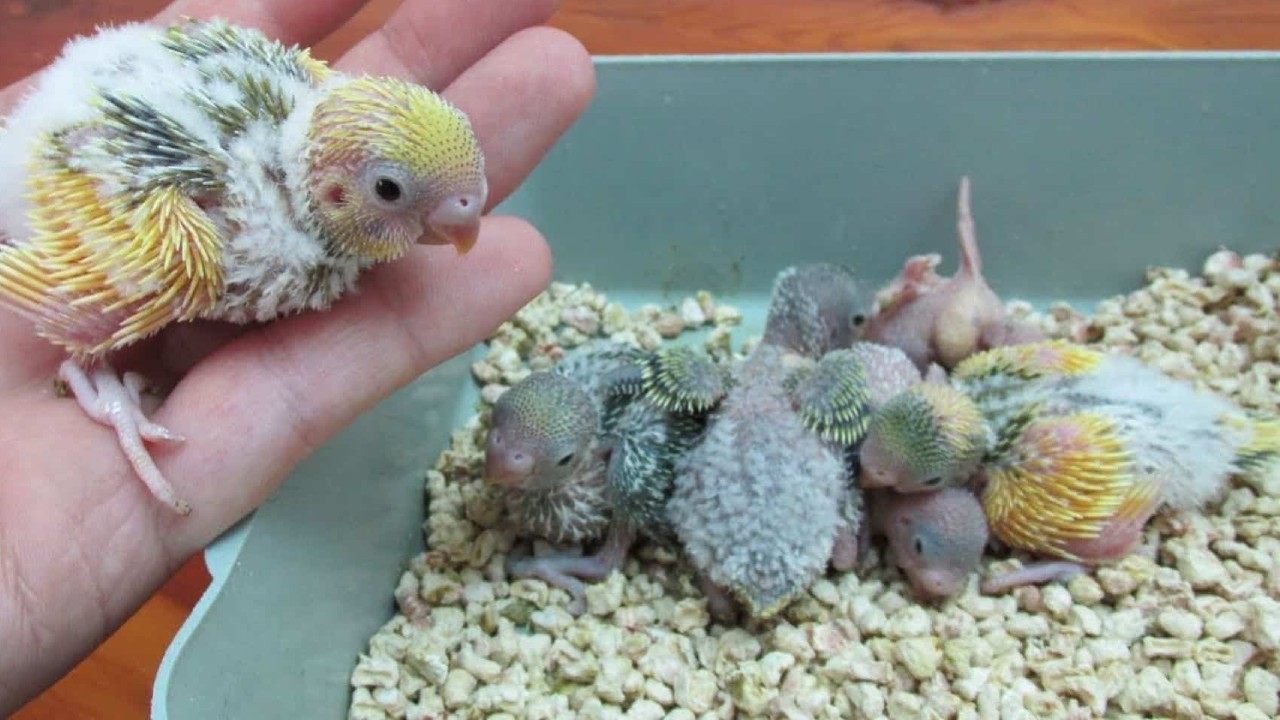
This disease, which is seen in old and female birds, is a hormonal disorder. When tumors develop in the reproductive organs and these hormonal changes occur, it is seen that the cere part of the budgerigar’s nostrils changes color.
“Fungus and Scabies”, which can be confused with each other due to the same symptoms.
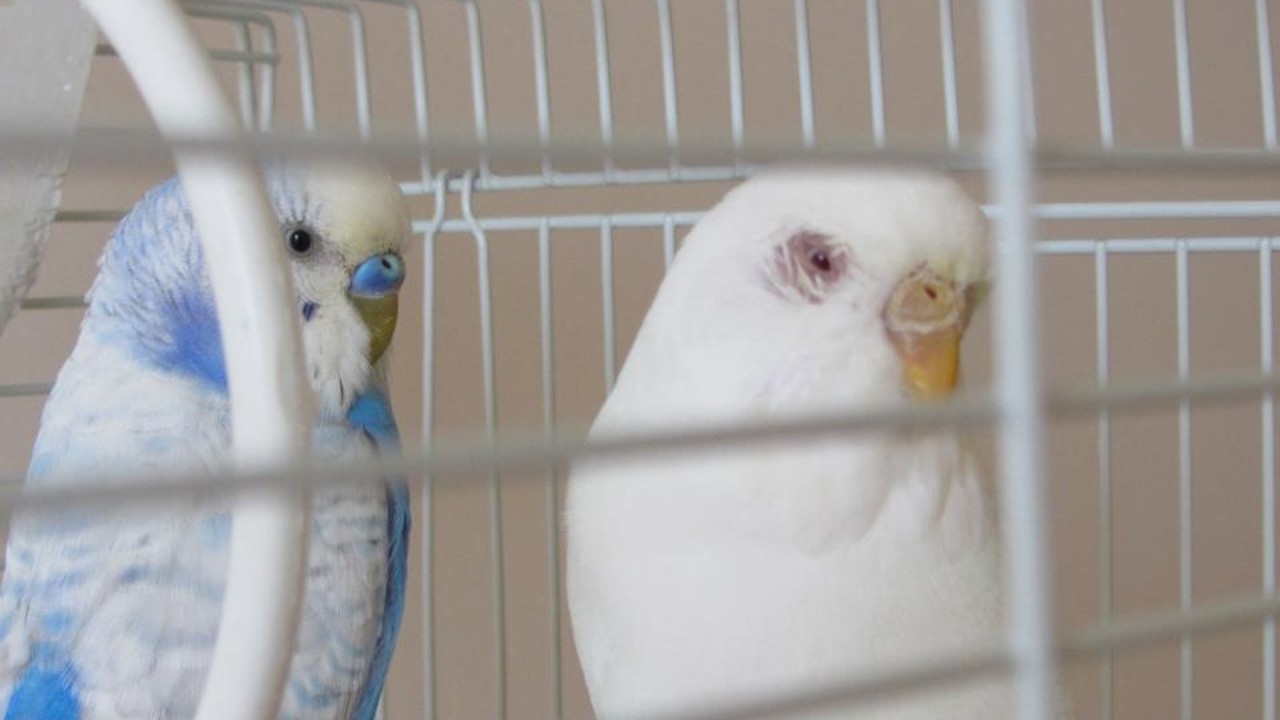
found in lovebirds ringwormIt is manifested by redness, scaling and the appearance of hairs like lice.
Scabies In disease, the mites called Knemidocoptes appear on the feet and beaks of birds. These parasites, which settle in the skin folds, besides redness and flaking, thickening and cracking of the skin can be distinguished by
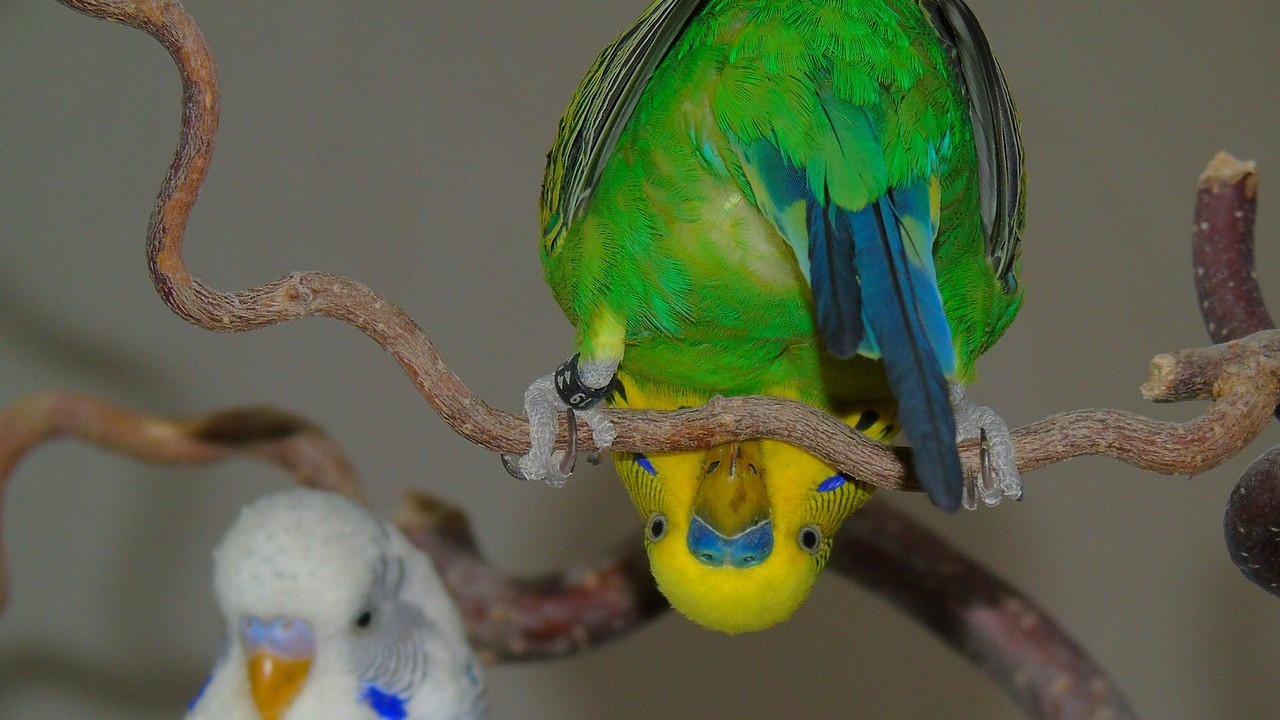
Regular follow-up and observation is the best thing we can do for the health of our friends. Accurate and exact diagnosis, It is very important to remember that we can only reach veterinarians in line with the examination.
RELATED NEWS
How to Train Budgerigars That Are Not Satisfied With Their Conversation?
RELATED NEWS
6 Scientific Facts About Budgies You’ll Be Surprised To Hear
RELATED NEWS
What Does Your Budgie Actually Tell You With The Sounds It Makes? Here are the Swing Styles and Meanings According to Science
RELATED NEWS
